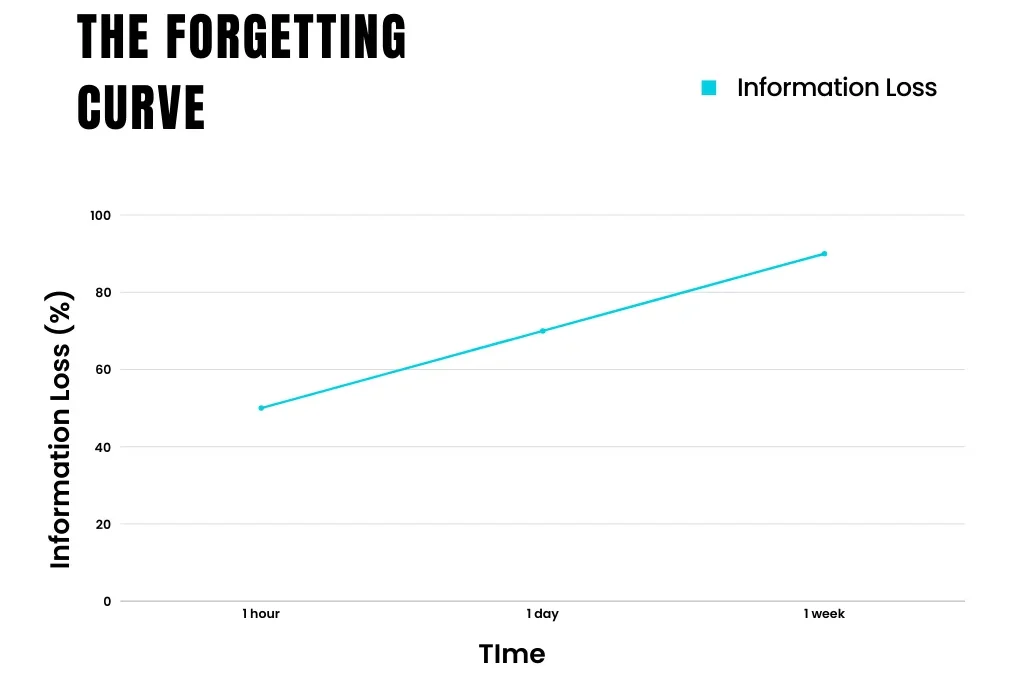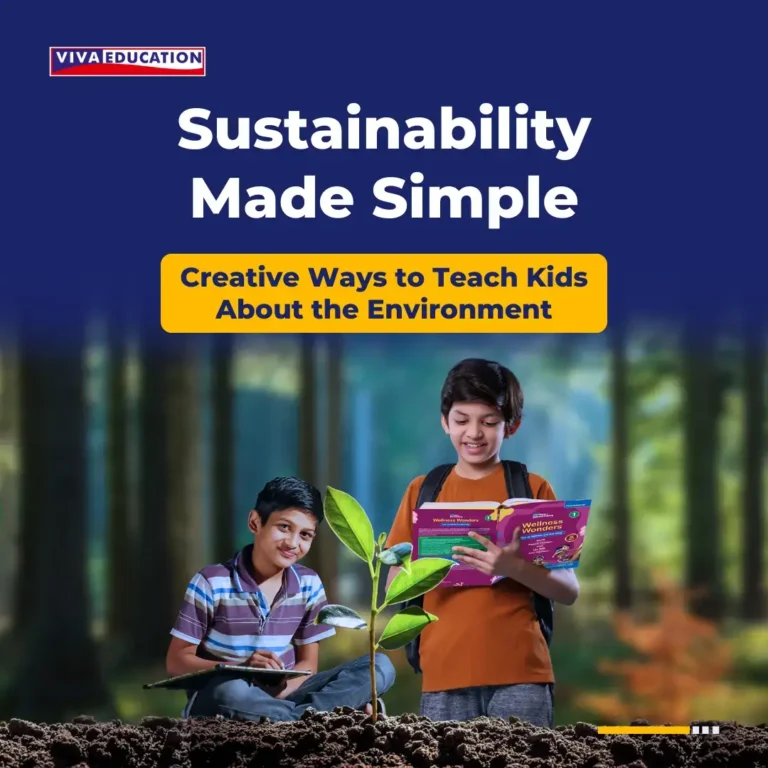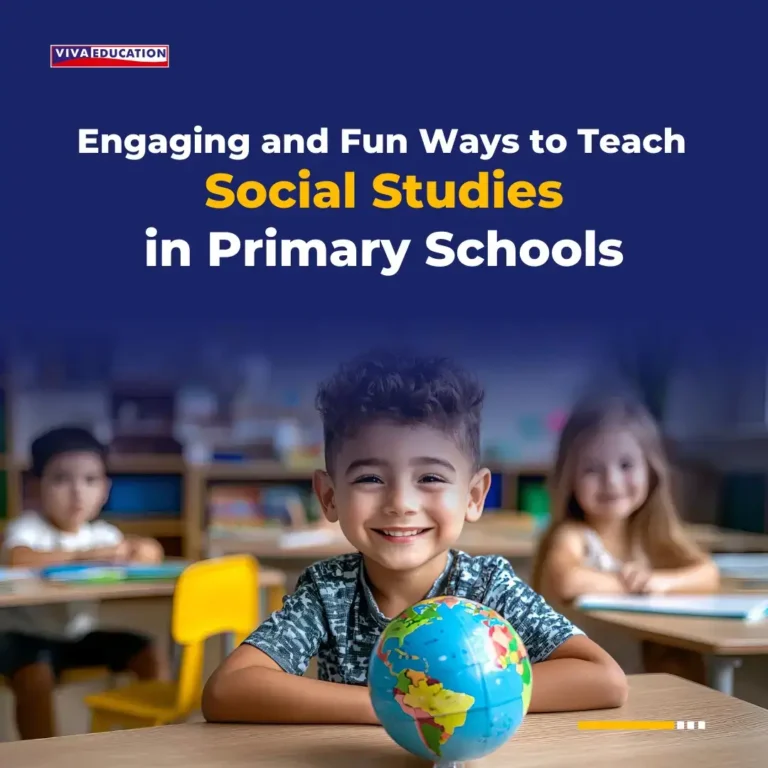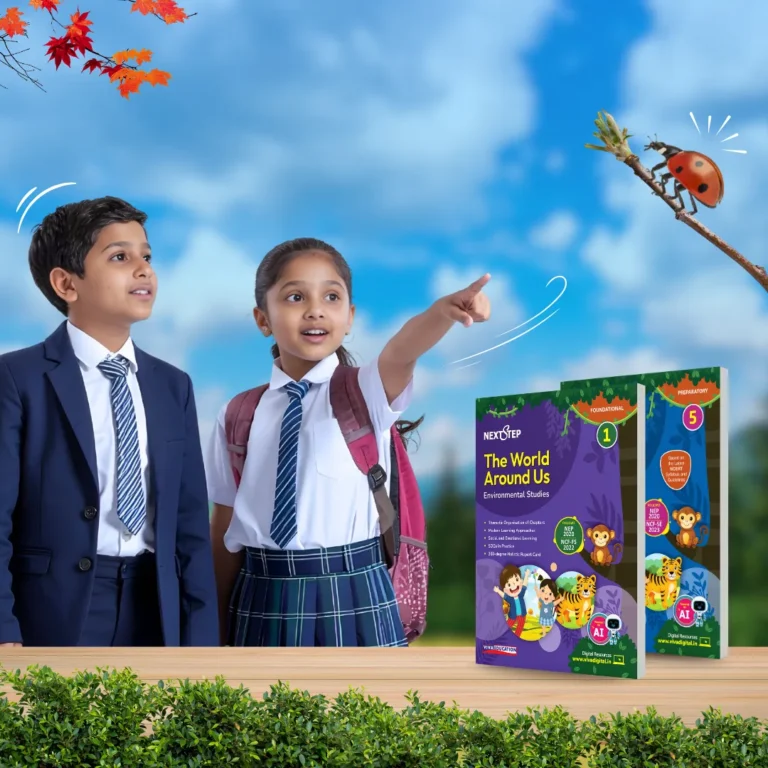10 Knowledge Retention Strategies Every Teacher Should Try
- Teachers
- May 9, 2025
- Viva Education

One of the biggest joys and challenges of teaching is helping students remember what they’ve learned.
You can plan the most engaging lesson, but if your students forget the material a few days later, that effort can feel wasted. Fortunately, these simple, effective knowledge retention strategies for the classroom don’t involve extra worksheets or longer homework. They are practical, easy to implement, and can significantly impact your teaching.
So, let’s look at ten easy-to-implement, enjoyable knowledge retention strategies you can use in your classroom to help your pupils remember more and forget less.
What is Knowledge Retention?
Knowledge retention means being able to remember and use information after learning it. It is storing new information in long-term memory to be easily recalled when needed.
This process of knowledge retention involves three key stages:
- Absorption – This is when you first take in the information. It could happen through reading, listening, watching, or doing something hands-on. It’s your brain’s way of noticing, “Hey, this might be important.”
- Storage – After absorbing the information, your brain decides where and how to store it. The goal is to move it from short-term memory (temporary) to long-term memory (which lasts much longer). This usually happens when the information is repeated, connected to something you already know, or experienced meaningfully.
- Retrieval – This is the ability to retrieve information when you need it. For example, if you learned how to do long division last month and can still solve a problem today without struggling, your retrieval works well.
Think of your brain as a library. When you learn something new (Absorption), your brain “shelves” that information (Storage). If the shelving is done well, you’ll know exactly where to find that book the next time you need it (Retrieval). If not, it might get lost in the back somewhere and be hard to recall later.
The Learning Pyramid:
To understand knowledge retention, it’s essential to consider the Learning Retention Pyramid, also known as the Cone of Learning. This model, initially developed by Edgar Dale in the 1940s and later refined by the National Training Laboratories Institute, illustrates how different teaching methods influence memory retention.
Here’s a breakdown:
- Lecture: 5% retention
- Reading: 10% retention
- Audiovisual (e.g., videos, slides): 20% retention
- Demonstration: 30% retention
- Discussion: 50% retention
- Practice by Doing: 75% retention
- Teaching Others: 90% retention
As the pyramid shows, the most effective ways of helping students retain information involve active learning, where students are more involved and have opportunities to apply what they’ve learned.
The Learning Pyramid shows us how different teaching methods can help students retain information. But unless that knowledge is reinforced, it can slip away faster than we think.

The Forgetting Curve
The Forgetting Curve, developed by psychologist Hermann Ebbinghaus in the 1880s, shows how quickly we forget new information unless we try to revisit it. Ebbinghaus discovered that our memories fade faster than we might expect, with a significant amount of what we’ve learned slipping away soon after we first encounter it.
Here are the key findings from Ebbinghaus’s work:
- 50% of information is forgotten within 1 hour of learning.
- 70% is forgotten within 24 hours.
- 90% is forgotten within 1 week.
This curve highlights the importance of regular review and reinforcement to prevent rapid memory loss and help students retain knowledge over time.

10 Fun Strategies to Improve Students’ Knowledge Retention
1. Gamify Learning
Gamification in Learning incorporates game-like elements such as points, levels, badges, and rewards into educational activities. This method boosts student engagement, motivation, and knowledge retention by making learning more interactive and enjoyable.
Adding elements like quiz-based games, leaderboards, and interactive competitions encourages students to participate actively, compete, and track their progress, ultimately creating a sense of achievement and enhancing their learning experience.
2. Apply Spaced Repetition
Spaced repetition involves reviewing material at increasing intervals over time. This method allows the brain to retain information better when reviewed periodically, rather than cramming simultaneously. Students strengthen their long-term memory and retention by spacing out the review sessions.
You can make it fun and interactive by weaving short review sessions into your lessons, mixing old and new topics. Use tools like flashcards or apps that quiz them in different ways. How about some self-testing? Challenge your students to recall information without looking at their notes. For homework, ask them to revisit old material, keeping it fresh. And don’t forget to track their progress and adjust review schedules to ensure they retain what matters most.
3. Use Visual Aids
Visual learning, supported by teaching aids like charts, diagrams, videos, and real objects, helps improve students’ understanding and memory. Using visual elements in lessons makes complex ideas easier to grasp and more engaging. Visual aids also cater to different learning styles, making learning more accessible.
When used well, they can make lessons more interactive, encourage students to think critically, and motivate them to get involved, leading to better comprehension and improved results in various subjects.
4. Incorporate Movement
Research shows physical activity activates the brain, improving focus, reducing stress, and enhancing learning outcomes. Allowing students to move during class through group discussions, kinesthetic tasks, or station rotations helps refocus attention and builds collaboration. Movement breaks, such as stretching or short physical activities, prevent mental fatigue and increase energy.
Integrating physical activity with learning objectives, such as “four corners” or embodied learning, can make lessons more interactive, energising, and practical, supporting deeper understanding and retention of content.
5. Implement Retrieval Practice
Retrieval practice helps students strengthen their memory by actively recalling information, reinforcing neural connections, and improving long-term retention. Imagine it as a workout for the brain. Each time you remember information, you exercise those neural connections, making them stronger and more resilient, ultimately improving long-term retention.
Simple activities like quizzes, flashcards, practice tests, and brain dumps make this process fun and effective. Techniques like spaced practice, having students teach each other, and creating concept maps further boost their recall. It’s essential to give feedback, keep things relaxed and low-stakes, and cater to different learning styles to make it work best.
When these strategies are part of lessons, students gain a deeper understanding and better remember what they’ve learned.
Get Your Free Preprimary Flashcards Instantly!
6. Utilise Storytelling
Stories have always been a powerful tool in human learning and communication. They’ve been used for centuries to share knowledge, teach lessons, and connect people. We’ve also discussed the impact of storytelling in other articles, emphasising its ability to enhance learning. When educators use stories, students can easily relate to and connect the material with what they already know.
Stories activate different brain areas, making them easier to remember and understand. Adding visuals and sounds keeps students engaged, while characters and situations they can relate to create emotional ties. Repeating key points through storytelling increases students’ likelihood of remembering them. Plus, storytelling triggers hormones like cortisol, dopamine, and oxytocin. These chemicals transform passive learning into an immersive, memorable experience.
7. Encourage Peer Teaching
It is a fantastic way to help students retain their learning. When students teach each other, they get to explain concepts in their own words, which reinforces their understanding.
This method is often linked to the famous Feynman Technique, based on physicist Richard Feynman’s belief that the best way to learn something is to explain it simply to someone else. Feynman understood that teaching forces you to clarify your thinking, identify gaps in your understanding, and solidify your knowledge. Pairing students with different skill levels encourages collaboration, and regular rotation lets them learn from various perspectives.
Assigning specific roles in group work ensures everyone contributes. Structured feedback, like the Situation-Behaviour-Impact method, helps guide constructive peer reviews. Research shows that teaching others strengthens memory and understanding. This is often referred to as the “protégé effect” or “learning by teaching.” Plus, when students get positive recognition for their efforts, they’re more motivated to keep learning and sharing.
8. Create Interactive Learning Stations
Imagine walking into a classroom where each corner offers a different learning adventure. One station might have a giant map for students to explore geography, another could be a creative arts corner with hands-on projects, and a third might be filled with puzzles to solve complex problems. These interactive learning stations are hands-on, immersive spaces allowing students to dive into topics through role-playing, group discussions, or simulations.
As students move from one station to the next, they actively engage with the material, collaborating with peers and deepening their understanding. Each station caters to learning styles through visual aids, kinesthetic tasks, or problem-solving exercises. It’s a dynamic, buzzing classroom where every student is engaged, learning in a way that feels like an adventure, and walking away with a better grasp of the topic.
9. Integrate Technology
Teachers can use interactive tools, personalised learning platforms, and multimedia resources to boost knowledge retention through technology.
Interactive whiteboards and gamified learning engage students, while virtual field trips offer immersive experiences. Personalised platforms like adaptive learning software tailor lessons to individual needs, promoting better understanding. Multimedia resources, such as educational videos and podcasts, cater to various learning styles. Technology also builds collaboration via online discussion forums and virtual tools, allowing students to collaborate on projects.
Additionally, access to online libraries and educational apps enriches learning, providing diverse resources that enhance engagement and support long-term retention. Viva Education offers a variety of ready-to-use teaching and learning resources to support educators and students.
10. Build a Positive Learning Environment
Creating a positive and engaging learning environment is key to effective learning. When students feel a sense of belonging and safety, there is learning. Start by designing a welcoming physical space that’s comfortable, organised, and filled with natural elements to promote focus.
Encourage active learning through interactive activities, collaborative projects, and real-world connections, making the learning relevant to students’ interests. Provide positive reinforcement and constructive feedback, focusing on students’ efforts and growth. Prioritise social-emotional learning by building a safe, inclusive space and teaching skills like empathy and emotional regulation.
Finally, encourage reflection on the learning journey, celebrate achievements, and view mistakes as opportunities for growth, ensuring deeper retention and engagement.
Conclusion:
In the modern classroom, enhancing retention is crucial for student success. By integrating engaging knowledge retention strategies like gamified learning, visual aids, and spaced repetition, educators can make learning more memorable and effective.
By integrating engaging strategies like gamified learning, visual aids, movement, retrieval practice, storytelling, peer teaching, spaced repetition, interactive learning stations, technology, and creating a positive learning environment, educators can make learning more memorable and effective. By understanding the science behind retention, such as the Forgetting Curve and the Learning Pyramid, teachers can apply techniques that help students remember more and create a deeper understanding of the material.
Educators must continuously adapt and experiment with these approaches to create a classroom environment where students can thrive, remember, and apply what they’ve learned long after the lesson ends.
Frequently Asked Questions:
Why is prior knowledge necessary for the retention of new information?
Prior knowledge provides a framework to which new information can be connected. When students can relate new content to what they already know, it strengthens understanding and memory by creating more pathways for recall.
How does spaced repetition improve knowledge retention?
Spaced repetition involves reviewing information at increasing intervals, which helps reinforce learning and prevent forgetting. This method strengthens long-term memory by ensuring students revisit key concepts over time.
Can learning outdoors improve knowledge retention?
Yes, outdoor learning experiences can enhance memory by providing multisensory stimulation, reducing stress, and increasing engagement. The novelty and physical activity of outdoor lessons make learning more memorable and meaningful.
How do different learning styles influence retention?
Catering to varied learning styles, such as visual, auditory, kinesthetic, and reading/writing, ensures that students engage with content in ways that best suit them. This personalised approach can improve comprehension, recall, and long-term knowledge retention.
>> Please Share



